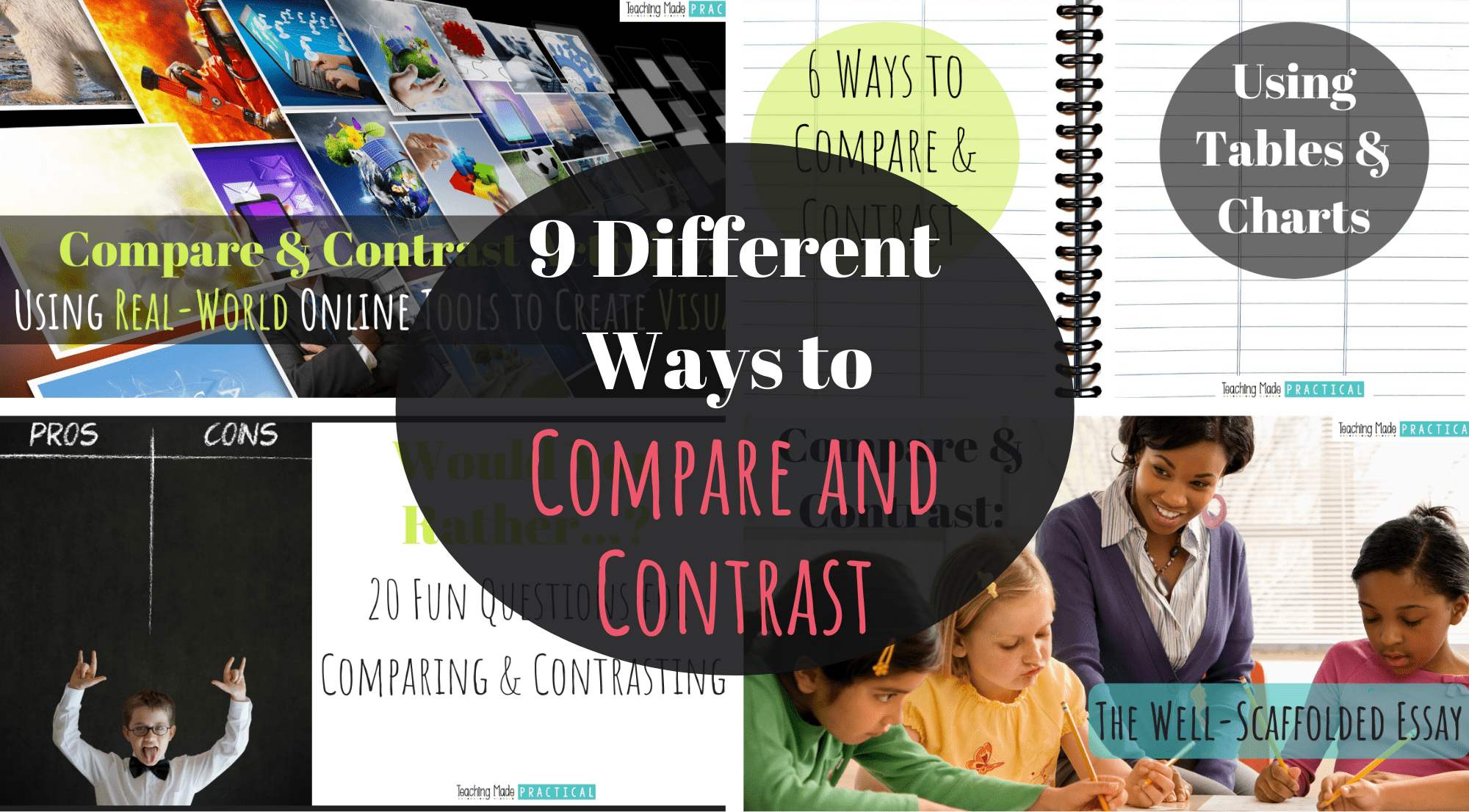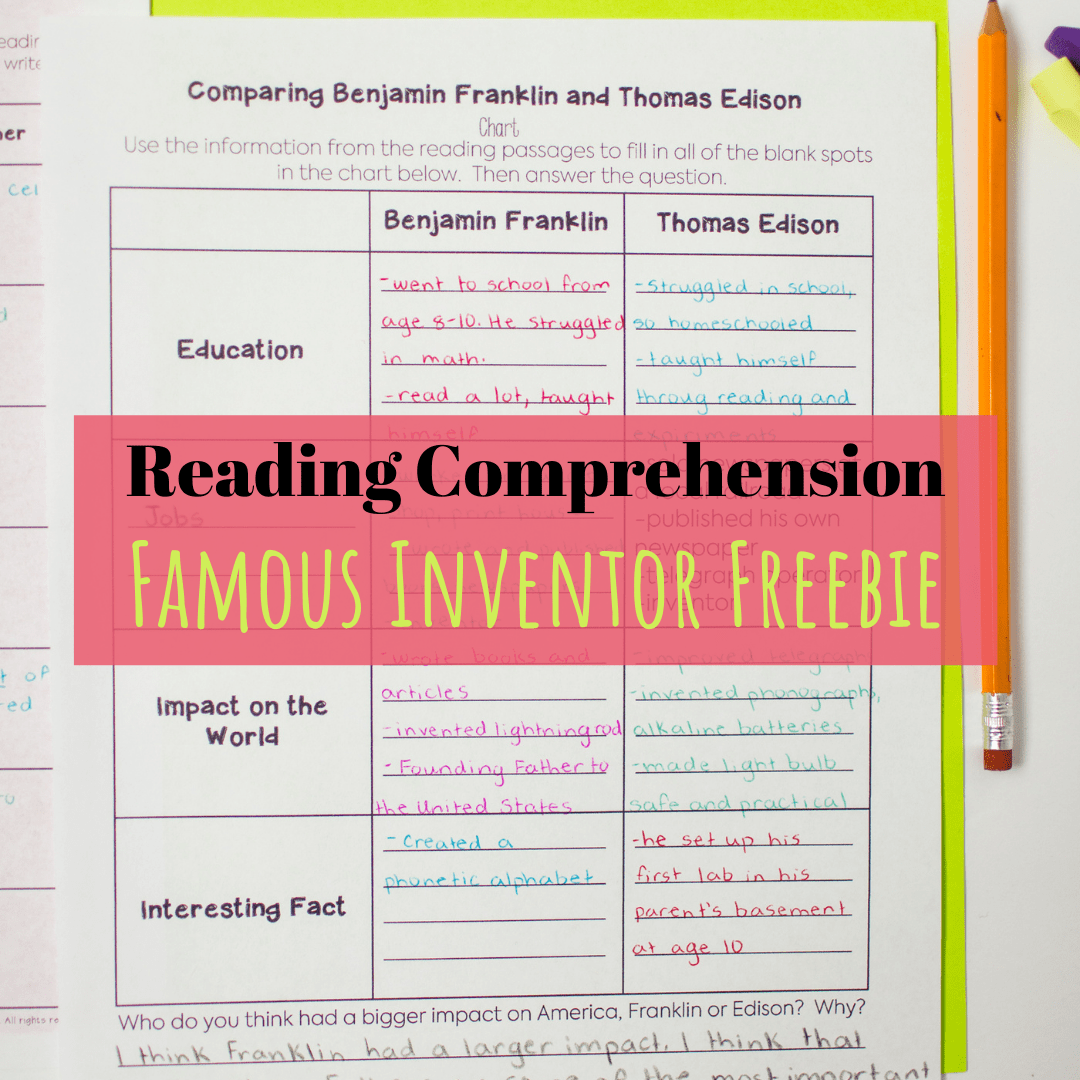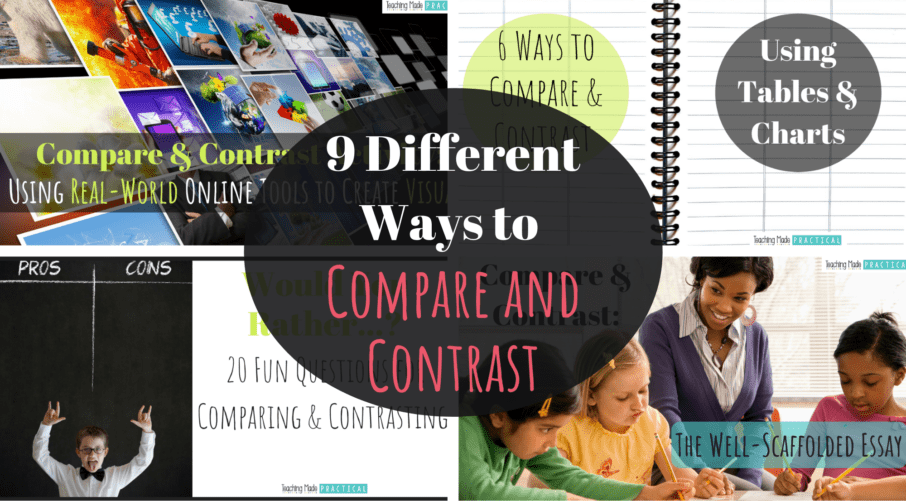
1. Have Students Write a Compare and Contrast Essay / Paragraph
An essay can be a daunting task at first, so start your students off small! Have them start off by writing a sentence or a paragraph that compares and contrasts 2 things before doing a full blown essay. Providing scaffolding for a compare and contrast essay helps your students be able to do this successfully.
2. Have a Snowball Fight - A Fun Compare and Contrast Activity
You might have seen snowball fights being used as a brain break or reward activity in your classroom, but they can also be used for learning! This is fun way to engage your students during a comparing and contrasting lesson.
Download a free compare and contrast snowball fight activity here, or check out these tips for preparing and creating your own educational snowball fights.
3. Use the Four Corners Strategy
If you are looking for a more controlled, less chaotic version of the snowball fight, then the Four Corners Game is what you want! It's a fun activity that gets kids moving while comparing and contrasting.
4. Use A Scaffolded Venn Diagram
Venn Diagrams are our go to when comparing and contrasting, but sometimes the open ended-ness of blank Venn Diagrams limits higher level thinking. Use scaffolded Venn Diagrams to teach 3rd, 4th, and 5th grade students how to think more critically when filling out Venn Diagrams.
Find out more about how to use scaffolded Venn Diagrams in your upper elementary classroom, or download a free reading passage with a scaffolded Venn Diagram activity.
Take the classroom outdoors with these fun outdoor scavenger hunts that cover a variety of skills. The 8 scavenger hunts include:
- 5 senses scavenger hunt
- nouns and adjectives hunt
- math review
- living and nonliving
- syllable sort
- ...and more!
Get 8 scavenger hunts for $2.00 and enjoy some sunshine with your students!
5. Use Tables or Charts to Compare and Contrast
We tend to lean on Venn Diagram graphic organizers when teaching comparing and contrasting, but students will encounter tables and charts much more often in the real world.
Teaching students how to create tables designed to compare and contrast requires high level thinking and will help them be able to read and interpret tables much more easily.
Check out these tips for using tables and charts in your compare and contrast unit here.
6. Have Students Create and Justify Rankings
When we rank or put things in a specific order based on certain qualifications, we are really comparing and contrasting. This type of ranking activity can be integrated into your classroom activities very easily with no prep.
For example, you can easily ask your students to write down the last 5 books you have read as a class in order from their favorite to their least favorite. Then, have students explain their reasoning. They will automatically be comparing and contrasting the books they have read in their head.
7. Have Students Compare and Contrast Using Visual Online Tools
In our increasingly visual society, the ability to communicate information using visuals will become increasingly important. Giving students opportunities now to experiment with this will benefit them in the long run.
Check out these 5 online tools students can use to create visuals that compare and contrast.
8. Use "Would You Rather" Questions
"Would You Rather" questions force students to choose between 2 options - and they automatically compare and contrast while thinking about their two choices. By creating thoughtful questions and asking students to defend their answers, your students will compare and contrast without even realizing it!
You might also like these higher order thinking questions for teaching different reading skills.
9. Fill in Compare and Contrast Graphic Organizers
A Ready To Use Compare and Contrast Freebie

Download these reading passages with a compare and contrast activity for free and use it to today!



Comments 1
The book/movie I like to compare in Science is The Lorax.